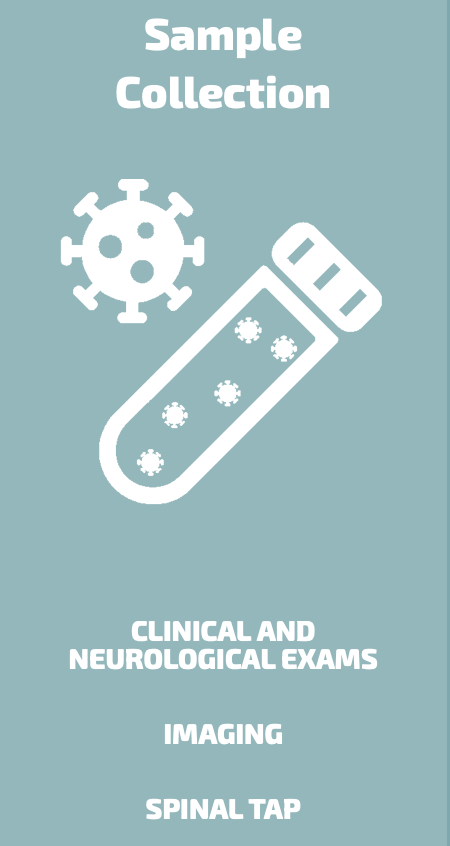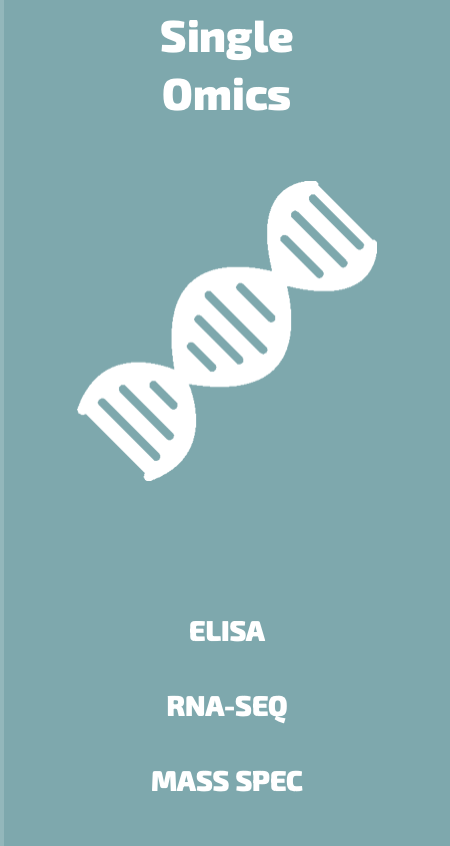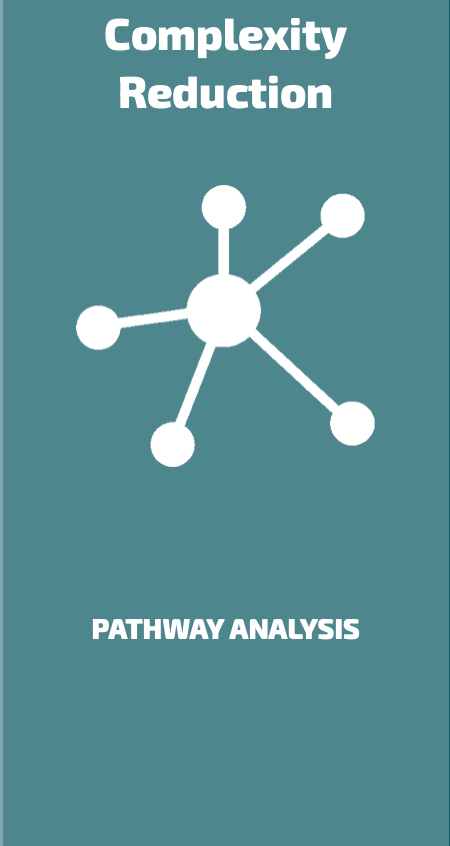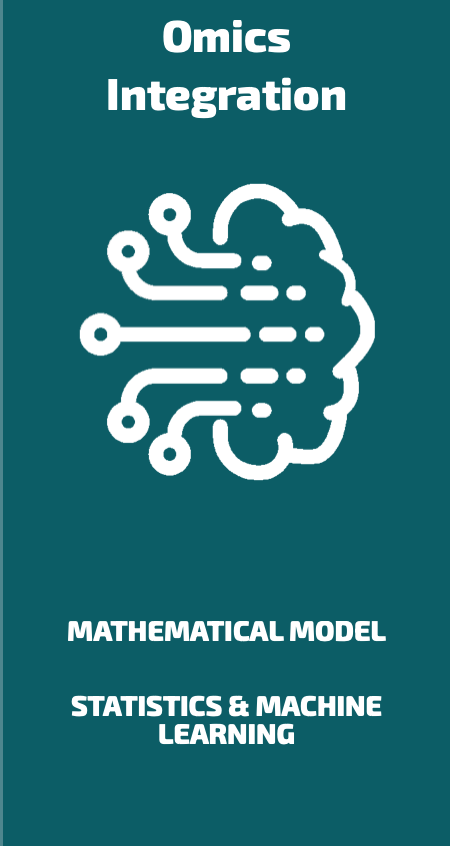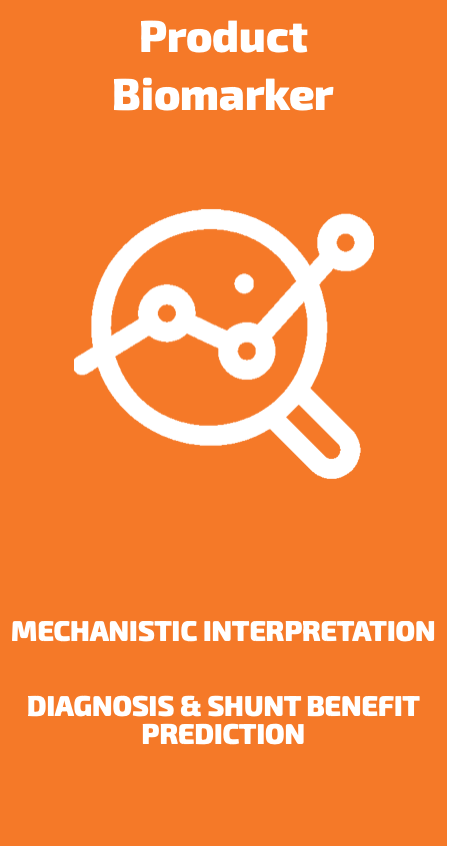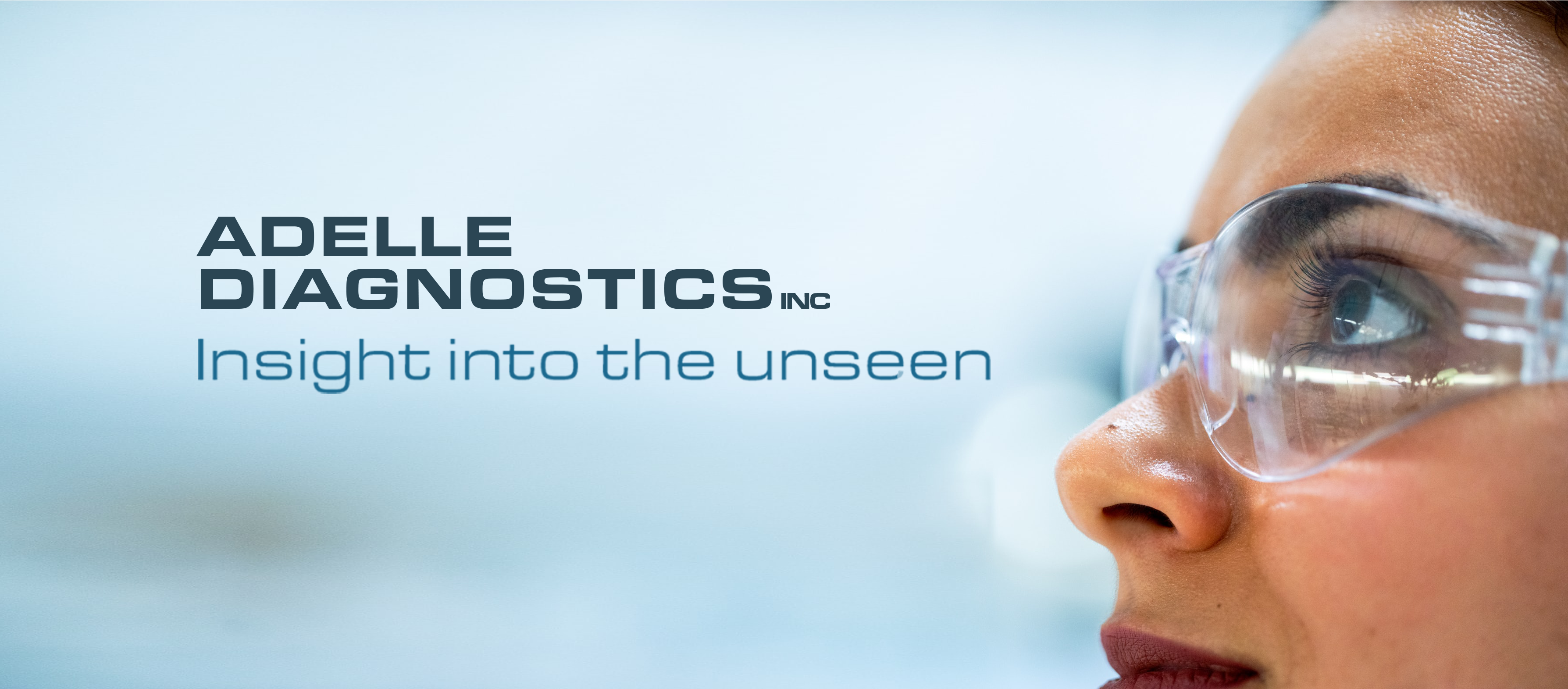
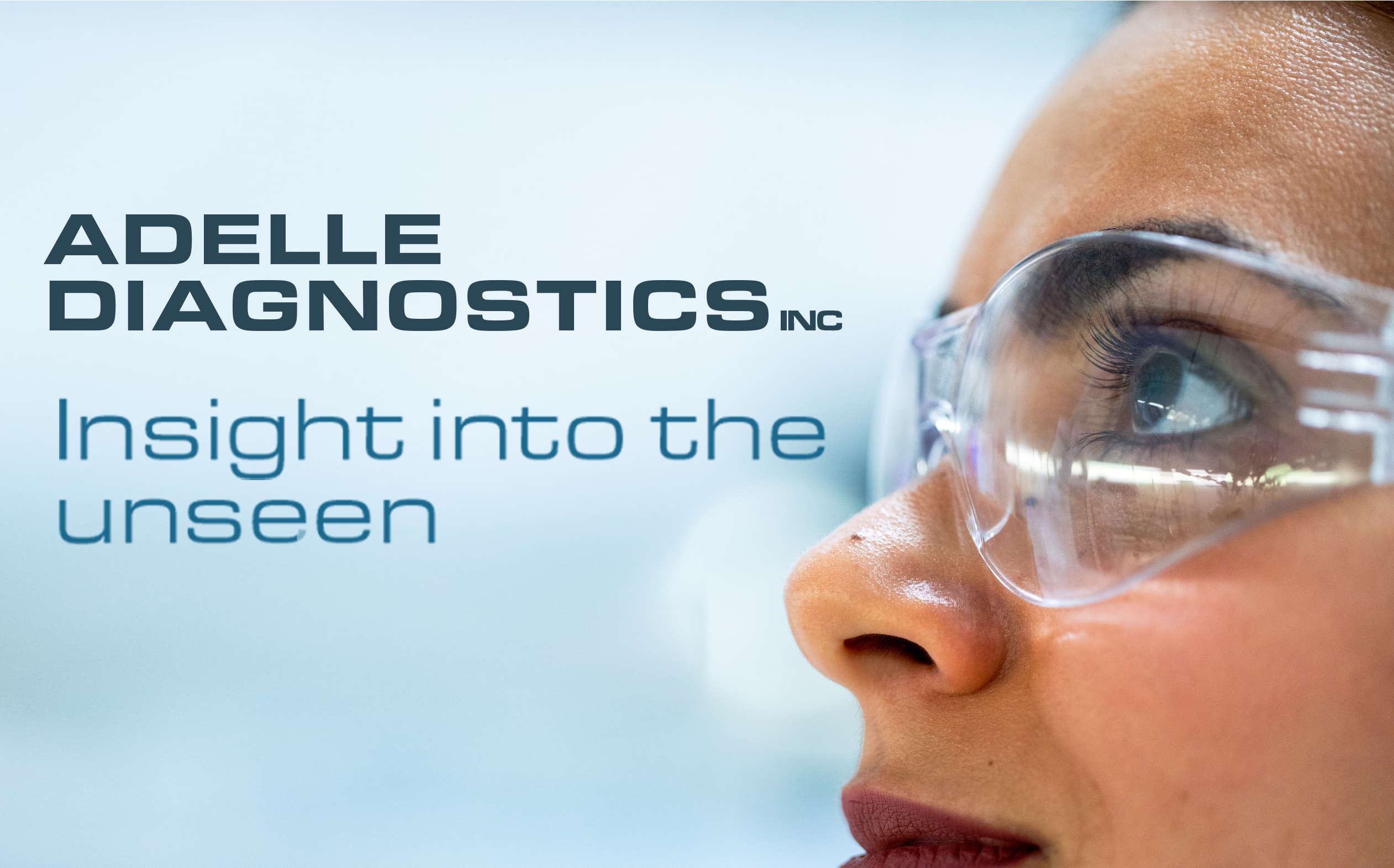
Committed to make major contributions to finding a cure for neurodegenerative diseases
We bring the power of integrating biology, medicine and data science to provide patients with the most effective treatment option.
Adelle Diagnostics offers the only high throughput, AI-based platform for the identification and validation of biomarkers and the development of minimally invasive blood-based diagnostic tests for the correct diagnosis of NPH and prediction of shunt surgery benefits.
Committed to make major contributions to finding a cure for neurodegenerative diseases
We bring the power of integrating biology, medicine and data science to provide patients with the most effective treatment option.
Adelle Diagnostics offers the only high throughput, AI-based platform for the identification and validation of biomarkers and the development of minimally invasive blood-based diagnostic tests for the correct diagnosis of NPH and prediction of shunt surgery benefits.
What are neurodegenerative diseases?
What are neurodegenerative diseases?
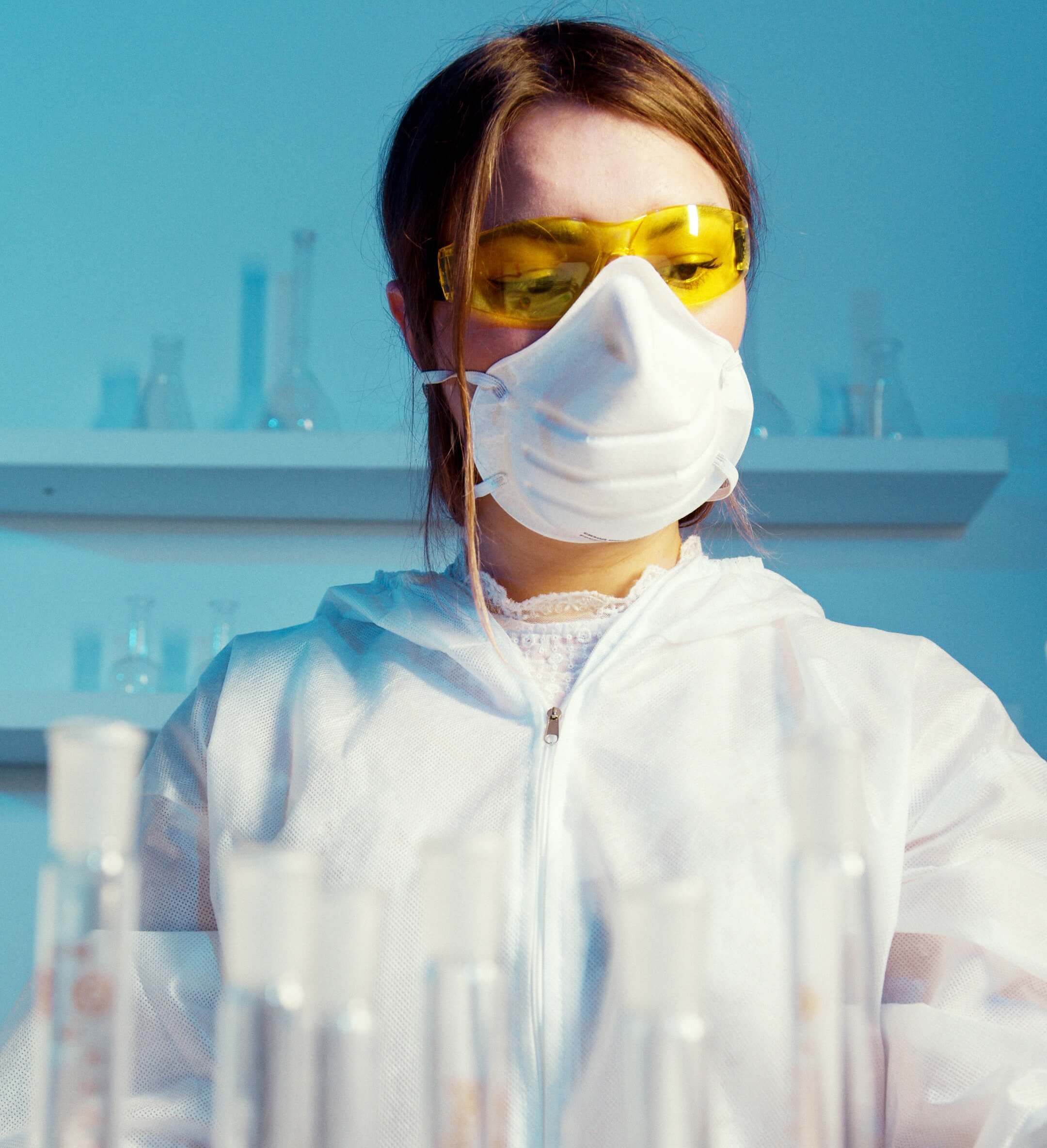
Today there is still no cure for neurodegenerative diseases
The past decade has seen tremendous advances in the understanding of the molecular mechanisms underlying neurodegeneration. However, therapies for curing neurodegeneration remain elusive. Available therapeutic interventions aim at alleviating symptoms.
Today there is still no cure for neurodegenerative diseases
The past decade has seen tremendous advances in the understanding of the molecular mechanisms underlying neurodegeneration. However, therapies for curing neurodegeneration remain elusive. Available therapeutic interventions aim at alleviating symptoms.
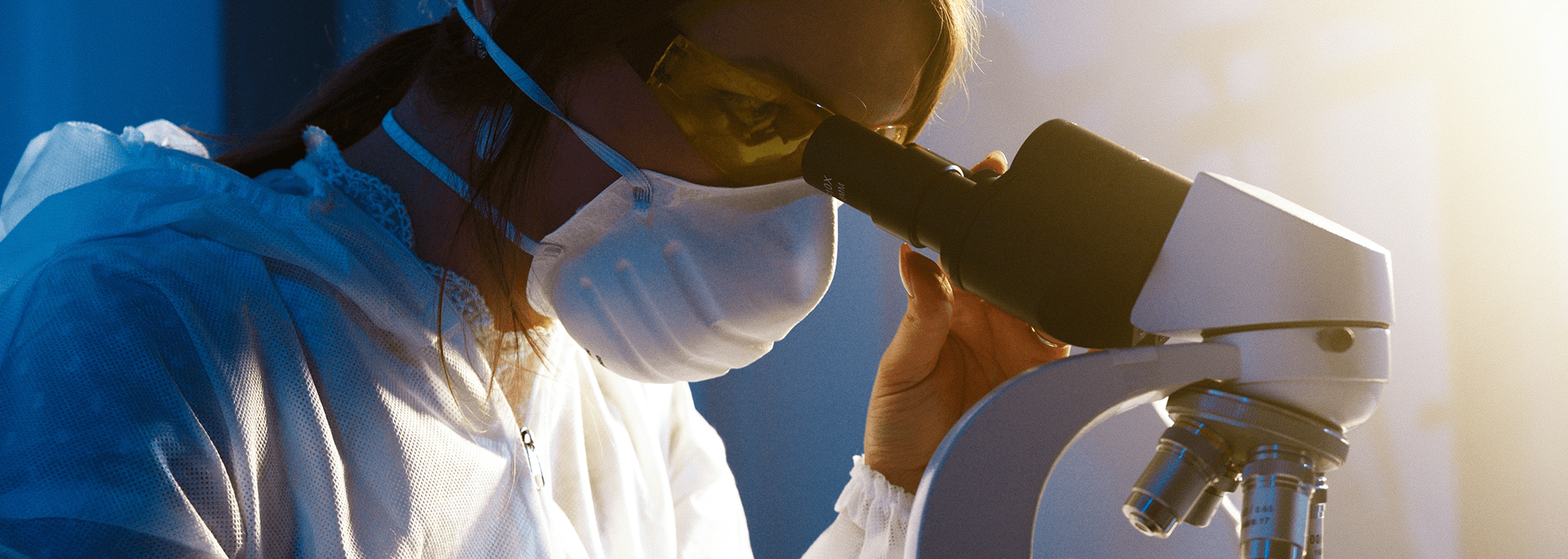
Societal costs
Care for patients with neurodegenerative diseases comes with huge costs
Economic costs, at the expenses of patients, families and the healthcare system as a whole
The opportunity
1 help physicians’ decision-making
2 deliver personalized treatments
3 speed up drug development
4 allow differential diagnosis
5 identify new targets for precise therapeutic intervention
6 enable early diagnosis
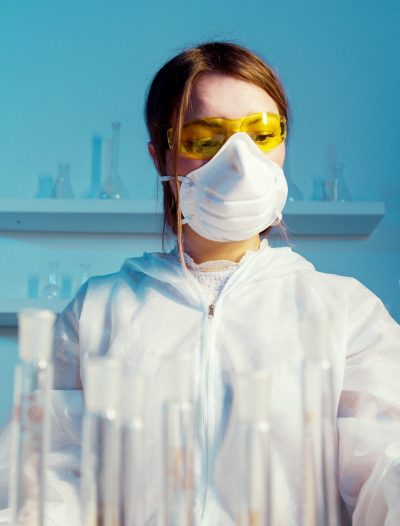
A few neurodegenerative diseases, although cannot be cured, can be treated effectively.
Effective treatment often can dramatically ameliorate patients’ quality of life.

A few neurodegenerative diseases, although cannot be cured, can be treated effectively.
Effective treatment often can dramatically ameliorate patients’ quality of life.
FOCUS ON NORMAL PRESSURE HYDROCEPHALUS
Normal Pressure Hydrocephalus (NPH) is a neurodegenerative disease characterized by the accumulation of excessive Cerebrospinal Fluid (CSF) in the brain ventricles. NPH presents with 3 typical symptoms: cognitive deficit, motor dysfunction, and urinary incontinence. NPH eventually leads to dementia. NPH cannot be cured. It can only be treated, by brain surgery. NPH accounts for 5-10% of all dementias.
The problem
Because symptoms of NPH overlap with Alzheimer’s and Parkinson’s Disease, an accurate diagnosis is often difficult. Currently, NPH is largely underdiagnosed – missing patients that otherwise could be helped. Only 50% of surgeries help – putting at risk patients when they do not benefit from shunt surgery
The treatment
The solution
FOCUS ON NORMAL PRESSURE HYDROCEPHALUS
Normal Pressure Hydrocephalus (NPH) is a neurodegenerative disease characterized by the accumulation of excessive Cerebrospinal Fluid (CSF) in the brain ventricles. NPH presents with 3 typical symptoms: cognitive deficit, motor dysfunction, and urinary incontinence. NPH eventually leads to dementia. NPH cannot be cured. It can only be treated, by brain surgery. NPH accounts for 5-10% of all dementias.
Because symptoms of NPH overlap with Alzheimer’s and Parkinson’s Disease, an accurate diagnosis is often difficult. Currently, NPH is largely underdiagnosed – missing patients that otherwise could be helped. Only 50% of surgeries help – putting at risk patients when they do not benefit from shunt surgery
Misdiagnosis is particularly critical for NPH because, unlike other neurodegenerative diseases, NPH can be treated by shunt surgery. A shunt is placed in the brain to divert excess CSF to the peritoneum, where it is absorbed. The treatment can ameliorate patients’ quality of life and halt progression into dementia if performed early. However, shunt surgery is not always beneficial for the patient and no test that predicts shunt surgery outcome exists.
An easy-to-use, rapid and cost-effective molecular diagnostic test to diagnose NPH and predict the benefit of shunt surgery. The test will aide physicians, patients, and payers.
The Technology
We combine multi-omics technologies including next generation RNA sequencing and high-resolution mass spectroscopy to generate a comprehensive molecular signature of patients’ CSF, and machine learning tools to extract relevant diagnostic information from these large data sets. We provide precision medicine to help physicians make the best decision about a patient’s treatment options.
Sample Collection
CLINICAL AND NEUROLOGICAL EXAMS
IMAGING
SPINAL TAP
Single
Omics
ELISA
RNA-SEQ
MASS SPEC
Complexity
Reduction

PATHWAY ANALYSIS
Omics
Integration

MATHEMATICAL MODEL
STATISTICS & MACHINE LEARNING
Product
Biomarker

MECHANISTIC INTERPRETATION
DIAGNOSIS & SHUNT BENEFIT PREDICTION
The Technology
We combine multi-omics technologies including next generation RNA sequencing and high-resolution mass spectroscopy to generate a comprehensive molecular signature of patients’ CSF, and machine learning tools to extract relevant diagnostic information from these large data sets. We provide precision medicine to help physicians make the best decision about a patient’s treatment options.
An inspiration from the past
In the 14th century, Adelle was a physician, and together with the Women of Salerno, she was one of the first female physicians in the first medical school open to women. Adelle made major contributions to the medical knowledge of their time. The school, La Schola Medica Salernitana, situated in the city of Salerno in Southern Italy, was at the crossroad of different cultures (Greek, Hebrew, Arabic and Latin) and greatly contributed to establishing the standards for the future art of medicine (Ferraris and Ferraris, Ann Thorac Surg 1997).
In the 21st century, Adelle Diagnostics is a women-owned MedTech startup that originates from the encounter of different technologies and expertise. Yesterday as today, knowledge and compassion enable ‘Adelle’ to be a pioneer in the medical field. Adelle Diagnostics is establishing new standards in biomarker discovery to fight one of the primary health challenges of our time, the threat of neurodegenerative diseases. Adelle Diagnostics combines innovative molecular technologies and data science tools to identify diagnostic biomarkers and molecular targets for therapeutic intervention.

An inspiration from the past
In the 14th century, Adelle was a physician, and together with the Women of Salerno, she was one of the first female physicians in the first medical school open to women. Adelle made major contributions to the medical knowledge of their time. The school, La Schola Medica Salernitana, situated in the city of Salerno in Southern Italy, was at the crossroad of different cultures (Greek, Hebrew, Arabic and Latin) and greatly contributed to establishing the standards for the future art of medicine (Ferraris and Ferraris, Ann Thorac Surg 1997).
In the 21st century, Adelle Diagnostics is a women-owned MedTech startup that originates from the encounter of different technologies and expertise. Yesterday as today, knowledge and compassion enable ‘Adelle’ to be a pioneer in the medical field. Adelle Diagnostics is establishing new standards in biomarker discovery to fight one of the primary health challenges of our time, the threat of neurodegenerative diseases. Adelle Diagnostics combines innovative molecular technologies and data science tools to identify diagnostic biomarkers and molecular targets for therapeutic intervention.
Our Team

Science is my passion. Scientific knowledge is the result of observing, thinking and acting in a creative and open-minded way to deeply understand the world around us. Scientific knowledge has the power to help the world become a better place and holds the promise to improve everybody’s quality of life. Through science we can help those who suffers by finding the best treatment options.
I received a MA from the University of Napoli, Italy, Magna cum Laude, and a PhD in Genetics and Microbiology from the University of Vienna. I studied Molecular Biology and Immunology at UCSD, in San Diego, CA, at New York University, and at the Universite’ Pierre et Marie Curie, in Paris, France. I received an MBA from Hult International Business School. Prior launching Adelle Diagnostics I worked in startups in biomarker research.

Alex is Associate Professor of Neuroscience at Brown University. He received his PhD form the University of Vienna, Austria, at the Institute of Molecular Pathology. For his postdoctoral training Alex worked with Richard Axel at Columbia University, prior to being appointed Assistant Professor at the College de France in Paris. He was recruited at Brown University in 2018 as the Provost’s Associate Professor of Brain Science. Alex is interested in how neural circuits generate sensory perception and behavior. His lab uses molecular genetic, in vivo imaging, computational and behavioral approaches to determine fundamental functional properties of neural networks in mammalian cortex.

Thomas is Associate Professor in the Cognitive Linguistic & Psychological Sciences at Brown University. Thomas is a computational neuroscientist. He received a Ph.D. in Neuroscience from MIT and an MSc in Electrical Engineering and Computer Sscience from Télécom Bretagne (France). Thomas’ research seeks to leverage machine learning to understand the neural computations supporting visual perception; it has been featured in the BBC series “Visions from the Future” and appeared in several news articles (The Economist, New Scientist, Scientific American, IEEE Computing in Science and Technology, Technology Review and Slashdot).

Petra is an internationally renowned neurosurgeon, specializing in the surgical treatment of patients with hydrocephalus, pediatric diseases and treatment of congenital diseases like Chiari malformation, tethered cord and spinal malformations. She is a professor of Neurosurgery at The Warren Alpert School of Medicine at Brown University.
Prior to joining Brown University, Petra was Professor of Neurosurgery at the Medical School Hannover, Germany. She received her medical degree at the University of Kiel and completed her neurosurgical residency at Hannover Medical School.

Danny is Professor and the Executive Director of the Nelson Center for Entrepreneurship at Brown University, and leads entrepreneurial process workshops in corporate, governmental and academic venues around the world.
His course at Brown, The Entrepreneurial Process, has been recognized as the highest-rated course on campus. St. Martin’s Press will be publishing Danny’s forthcoming book entitled SEE, SOLVE, SCALE: How Anyone Can Turn an Unsolved Problem Into an Entrepreneurial Success. Danny began his entrepreneurial pursuits while an undergraduate at Brown as a member of the startup leadership team of Clearview Software, which was acquired by Apple. Since then, he has co-founded and sold companies in fields ranging from software and advanced materials to consumer products and media. He was co-founder and Managing Director of Health Business Partners—the nutrition and consumer health industry’s premier venture capital and financial advisory firm. Danny received an AB in History, magna cum laude, from Brown University and an MBA from Harvard Business School.


